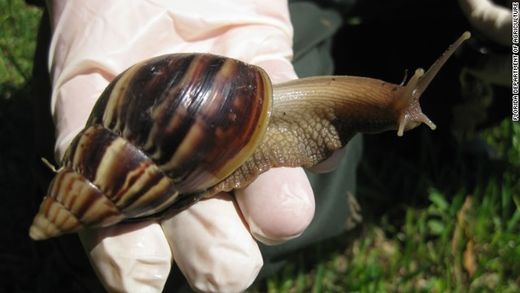
© Public DomainNew evidence suggests the Black Death bacterium caused the Justinianic Plague of the sixth to eighth centuries. The pandemic, named after the Byzantine emperor Justinian I (shown here), killed more than 100 million people.
Plague may have helped finish off the Roman Empire, researchers now reveal.
Plague is a fatal disease so infamous that it has become synonymous with any dangerous, widespread contagion. It was linked to one of the first known examples of
biological warfare, when Mongols catapulted plague victims into cities.
The bacterium that causes plague,
Yersinia pestis, has been linked with at least two of the most devastating pandemics in recorded history. One, the Great Plague, which lasted from the 14th to 17th centuries, included the infamous epidemic known as
the Black Death, which may have killed nearly two-thirds of Europe in the mid-1300s.
Another, the Modern Plague, struck around the world in the 19th and 20th centuries, beginning in China in the mid-1800s and spreading to Africa, the Americas, Australia, Europe and other parts of Asia.
Although past studies confirmed this germ was linked with both of these catastrophes, much controversy existed as to whether it also caused the Justinianic Plague of the sixth to eighth centuries.
This pandemic, named after the Byzantine emperor Justinian I, killed more than 100 million people. Some historians have suggested it contributed to the decline of the Roman Empire.
To help solve this mystery, scientists investigated ancient DNA from the teeth of 19 different sixth-century skeletons from a medieval graveyard in Bavaria, Germany, of people who apparently succumbed to the Justinianic Plague.


Comment: And this reported yesterday:
Mysterious respiratory illness strikes 7 in Alabama; 2 dead